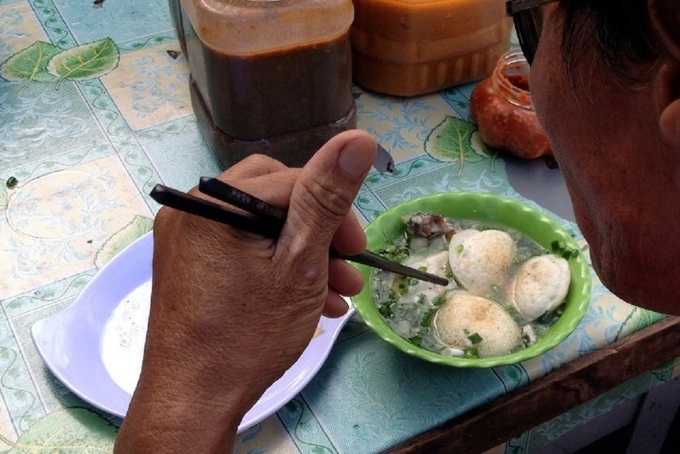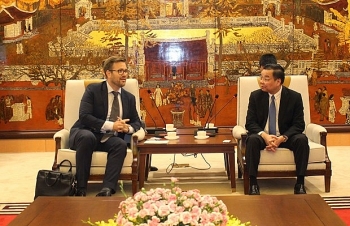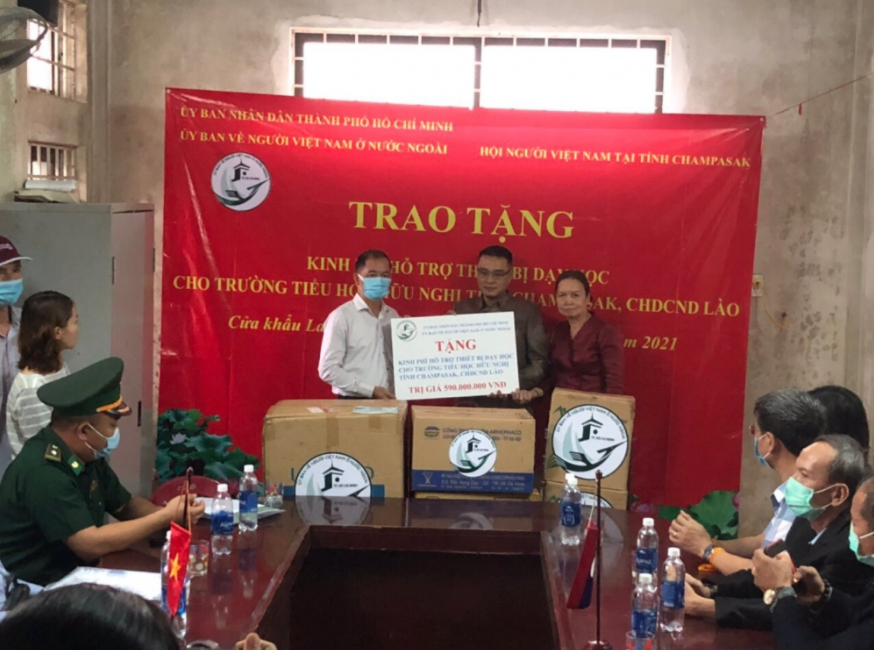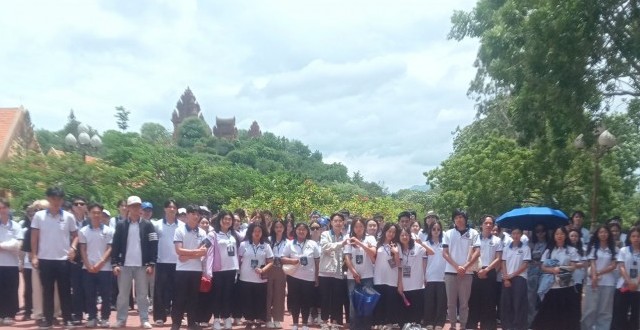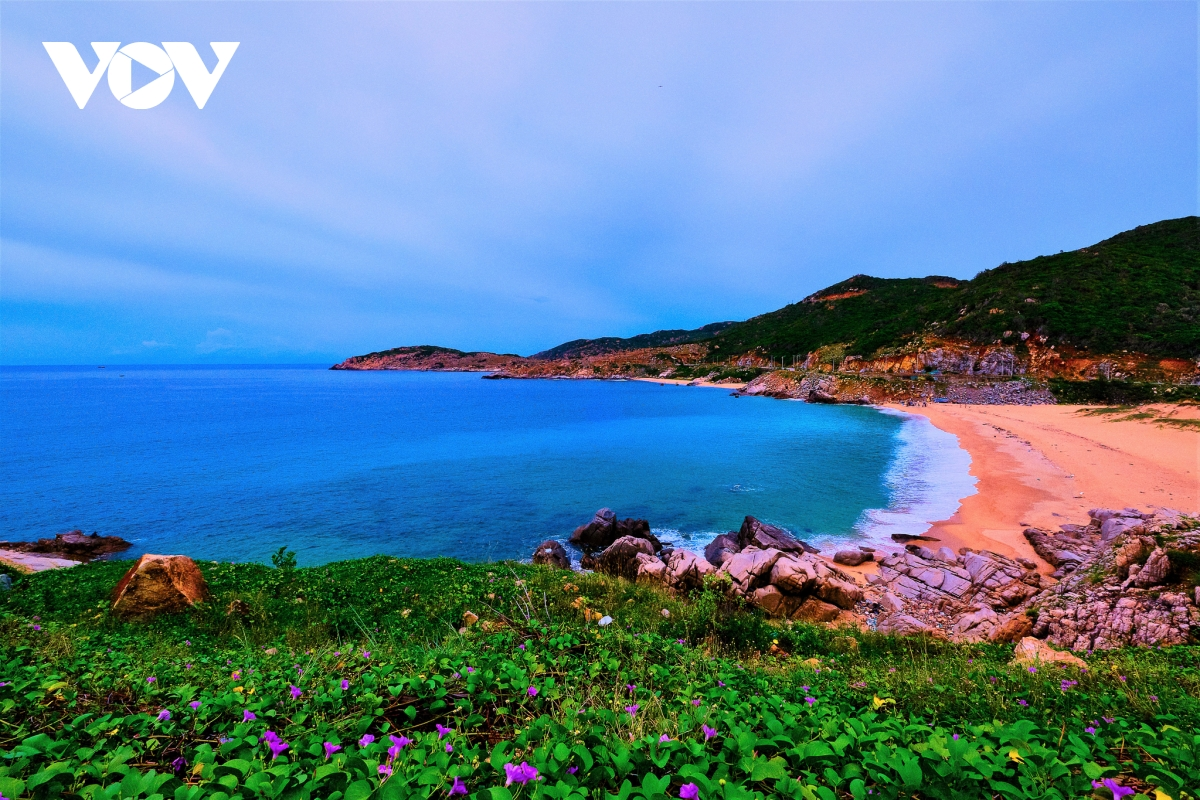Traces of Cham Culture in Hanoi - Phú Gia Village
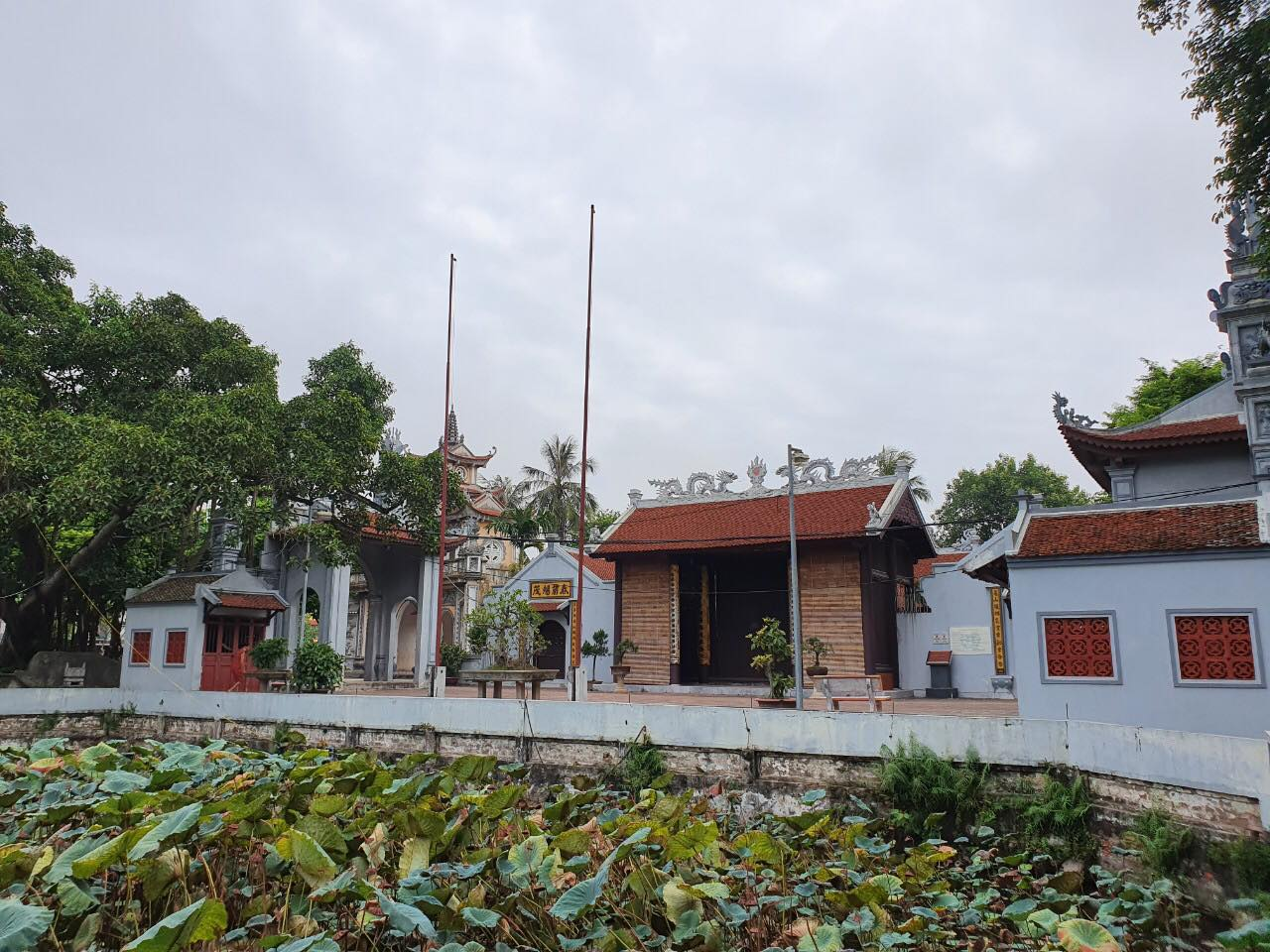 |
Beside the Thăng Long bridge, next to the Red River, the old village of Phú Gia or Bà Già (now of Phú Thượng, Tây Hồ) still bears many marks of the Cham people who once lived here.
If you come to Phú Gia, you will still hear, with a particular pride, of stories of a village with a unique cultural heritage. In particular, the culture of the ancient Cham still remains in the village’s temples and pagodas, in their history and myths, and even in their names.
Mr. Công Văn Tung - the village’s historian - tells that, according to historical documents, during the reign of Lý Thánh Tông (1023 - 1072), some Cham people were allowed to migrate to this land. They named the resulting village in Cham, calling it Đa Gia Ly, which was then corrupted to Bà Già Hương or Bà Già.
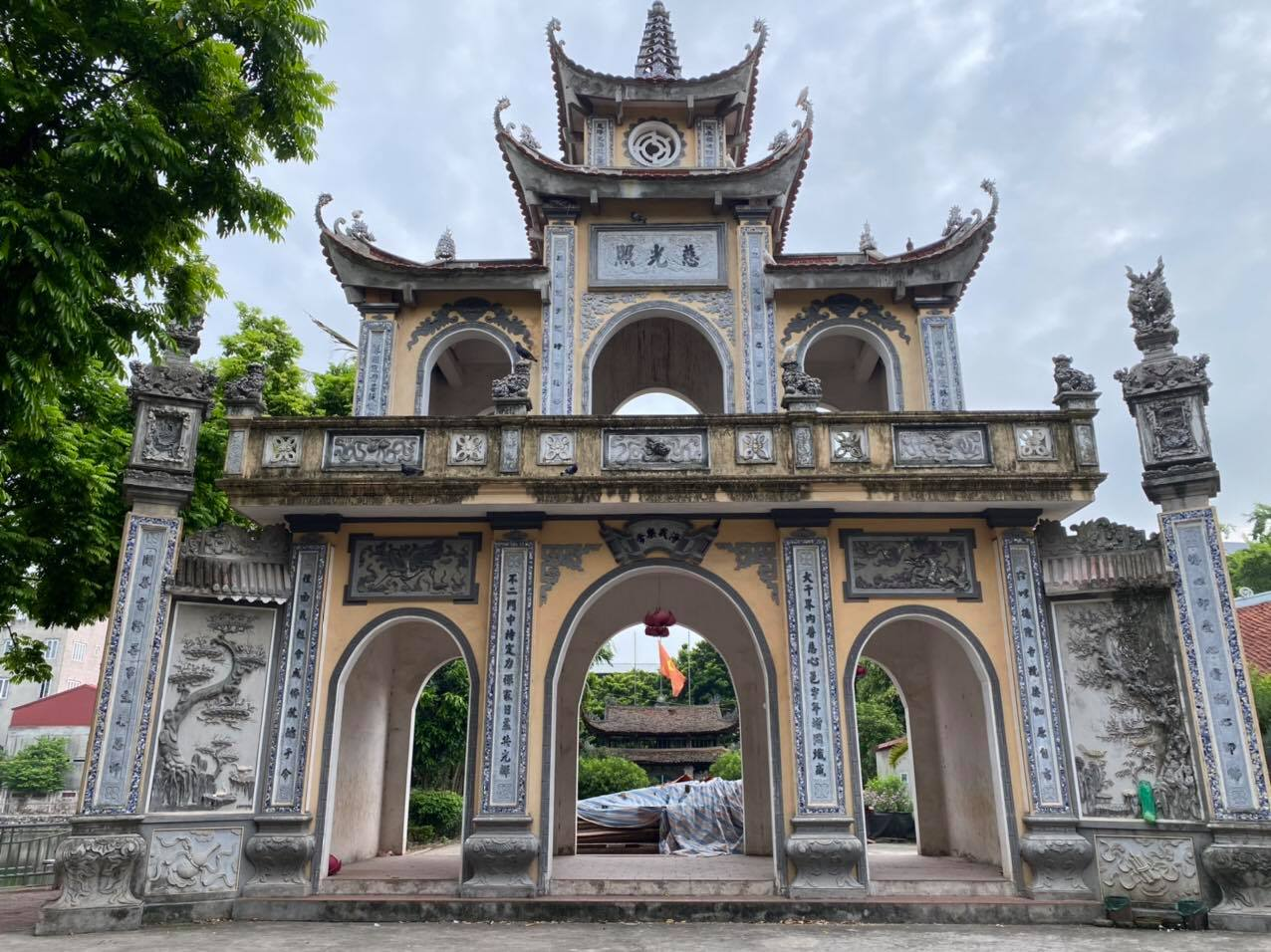 |
The village was also once mentioned in the book Đại Việt sử ký toàn thư: “Trần Nhật Duật often rides an elephant to (play?) at Bà Già. This village has existed since the time of Lý Thánh Tông. After fighting in Champa, the king acquired Cham prisoners, which he resettled at the village. In Cham, the village was named Đa Gia Ly; afterwards, people corrupted the name into Bà Già. Trần Nhật Duật often stayed in the village for three or four days before returning.”
However, it was not until the reign of Trần Thái Tông (1225 - 1258) did the village get the name Phú Gia. The name - meaning “bountiful” - was assigned when the king decided to expand the capital Thăng Long in order to defend against the Mongol Empire.
Through history, although the Cham influence has faded, today, the village still holds many relics of Cham culture.
For example, in the ruins of Bà Già pagoda, the pagoda’s caretaker says, remains an ancient dharmapala statue in a distinctly Cham style. The statue's head has a bun, with a square face, short forehead, big round eyes, big nose, wide cheeks, pointed chin, wide mouth, thick lips, long ears, and smiling. The statue has a bulging belly and a curved bottom covered by a skirt in the ancient Cham style.
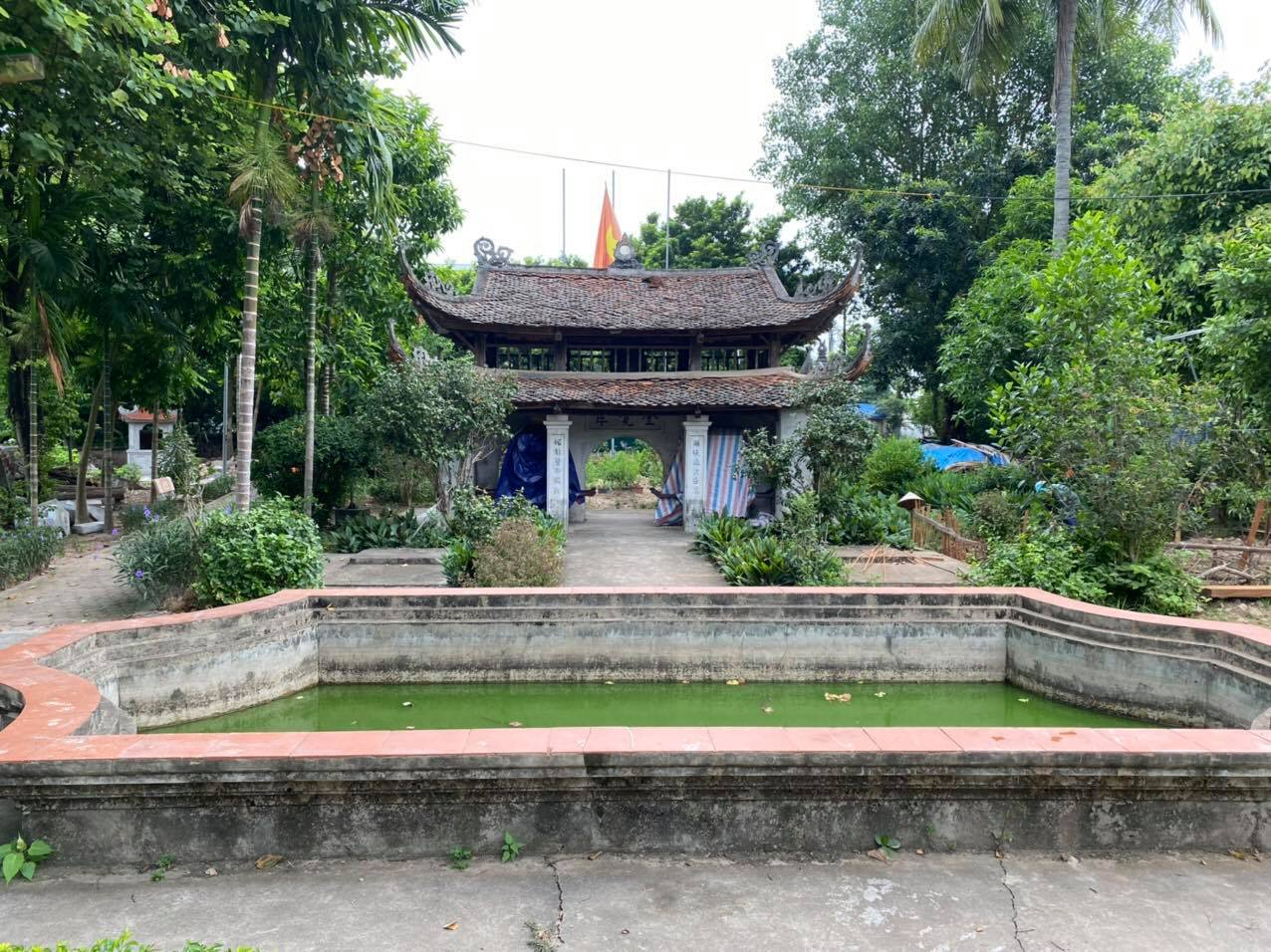 |
The village’s surnames also betray their Cham roots. Traditionally, the village has two common surnames, Công and Hy. According to these families’ genealogy, they and their surnames actually originate from Cham lands, and were originally Ông and Bố. However, as these surnames were homonyms with the Vietnamese words for “grandfather” (ông) and “father” (bố), they created many problems when dealing with other people, particularly government officials (who disliked the implication of being “below” the villagers). The village elders tell that, in the reign of Minh Mạng, a local official resolved this issue by changing the surnames according to Chinese characters. He slightly modified the characters for the surnames, changing Bố (布) into Hy (希) and Ông (翁) into Công (公). The modified surnames are still in use today.
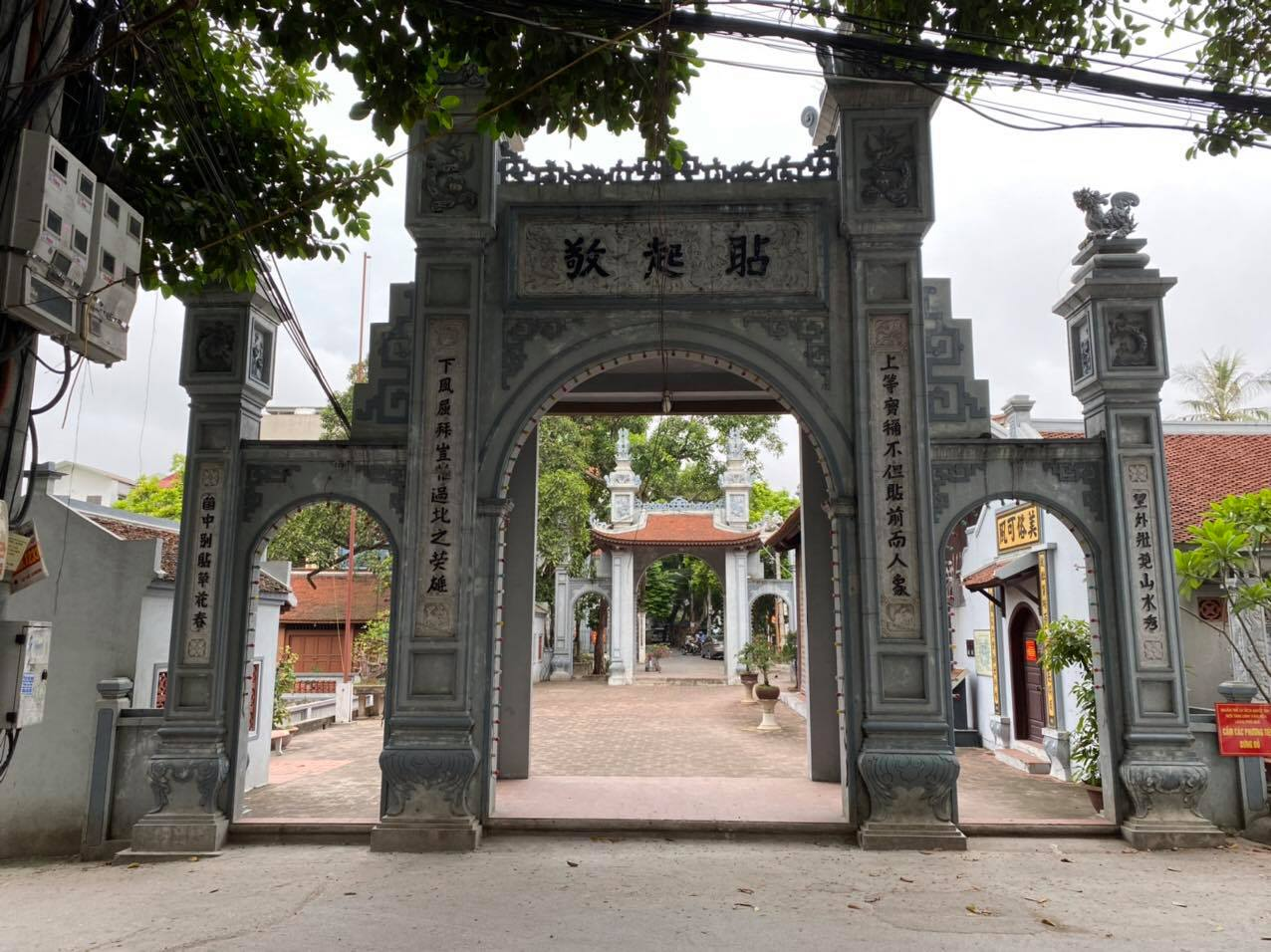 |
Despite its strong Cham connection and unique heritage, in the modern day, the village looks no different than any other. Unfortunately, due to modernization and urbanization, these traces of Cham culture are in danger of disappearing forever.
Duong Minh Khoi
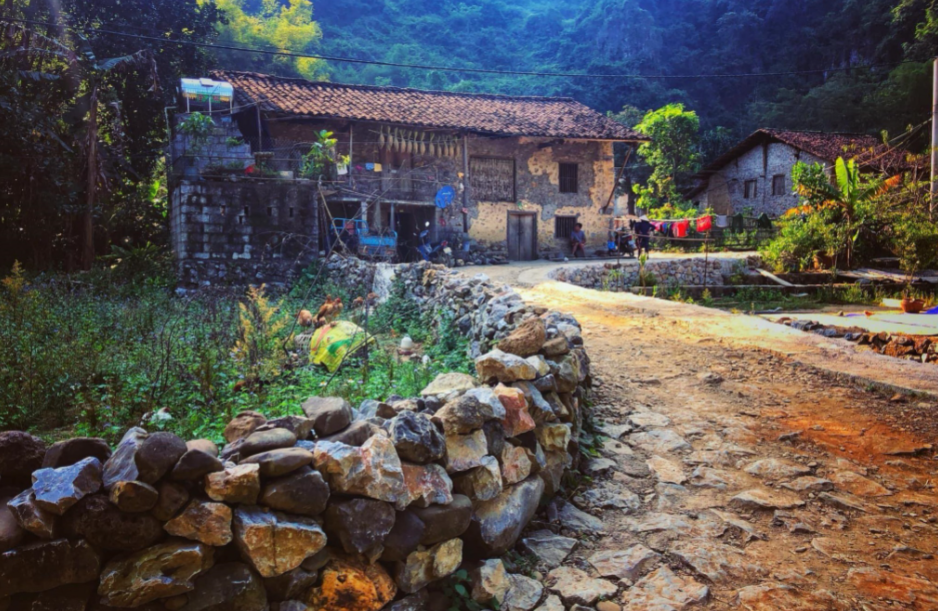 | Ancient Stone Village in Cao Bang Tay villagers belive the stone is a god protecting the Tay villagers in Khuoi Ky, Dam Thuy commune, Trung Khanh district. |
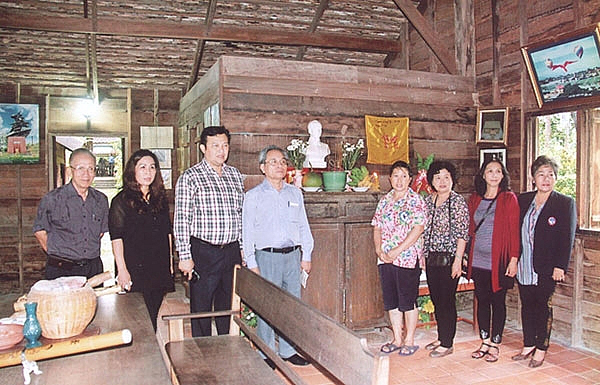 | The Historic Vietnamese Village that's in Thailand The village that bond Thailand with Vietnam |
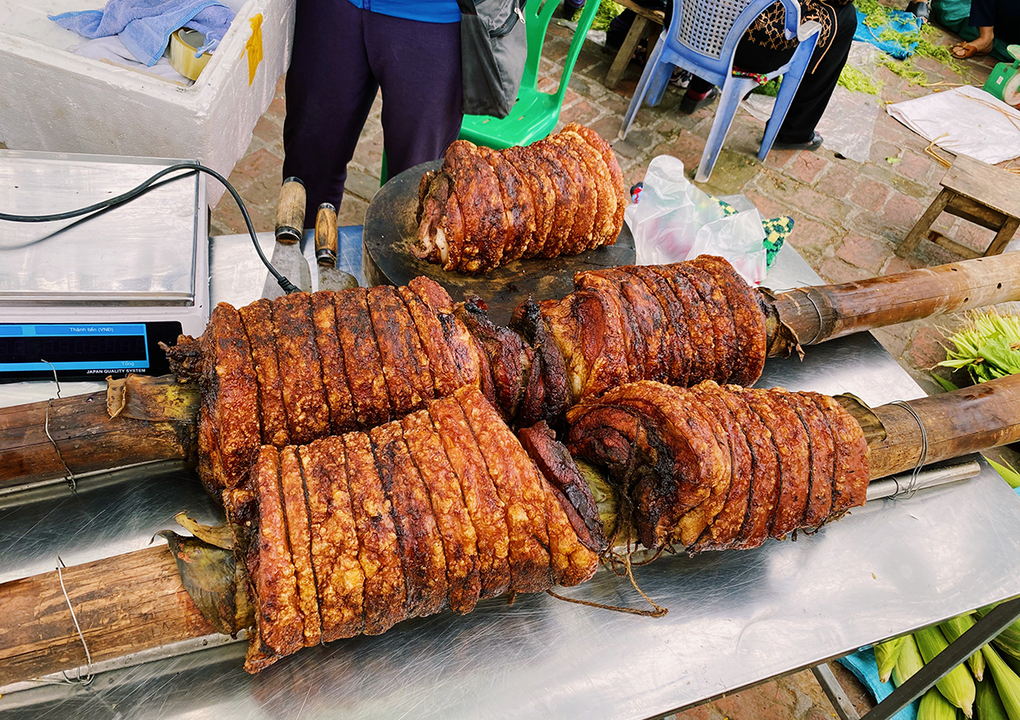 | Famous Crispy Pork Roasted on Carrying Poles in Duong Lam Ancient Village Duong Lam village is a well-known destination close to Hanoi. Not only imbued with a rich history, the ancient village is also famous for its ... |
Recommended
 Viet's Home
Viet's Home
Dr. Michael Parsons (Australia): Vietnam Is Rising as Responsible Partner for People and Planet
 Viet's Home
Viet's Home
Roundtable Discussion: Major Features of the Global Landscape in 2025 and Emerging Trends for 2026
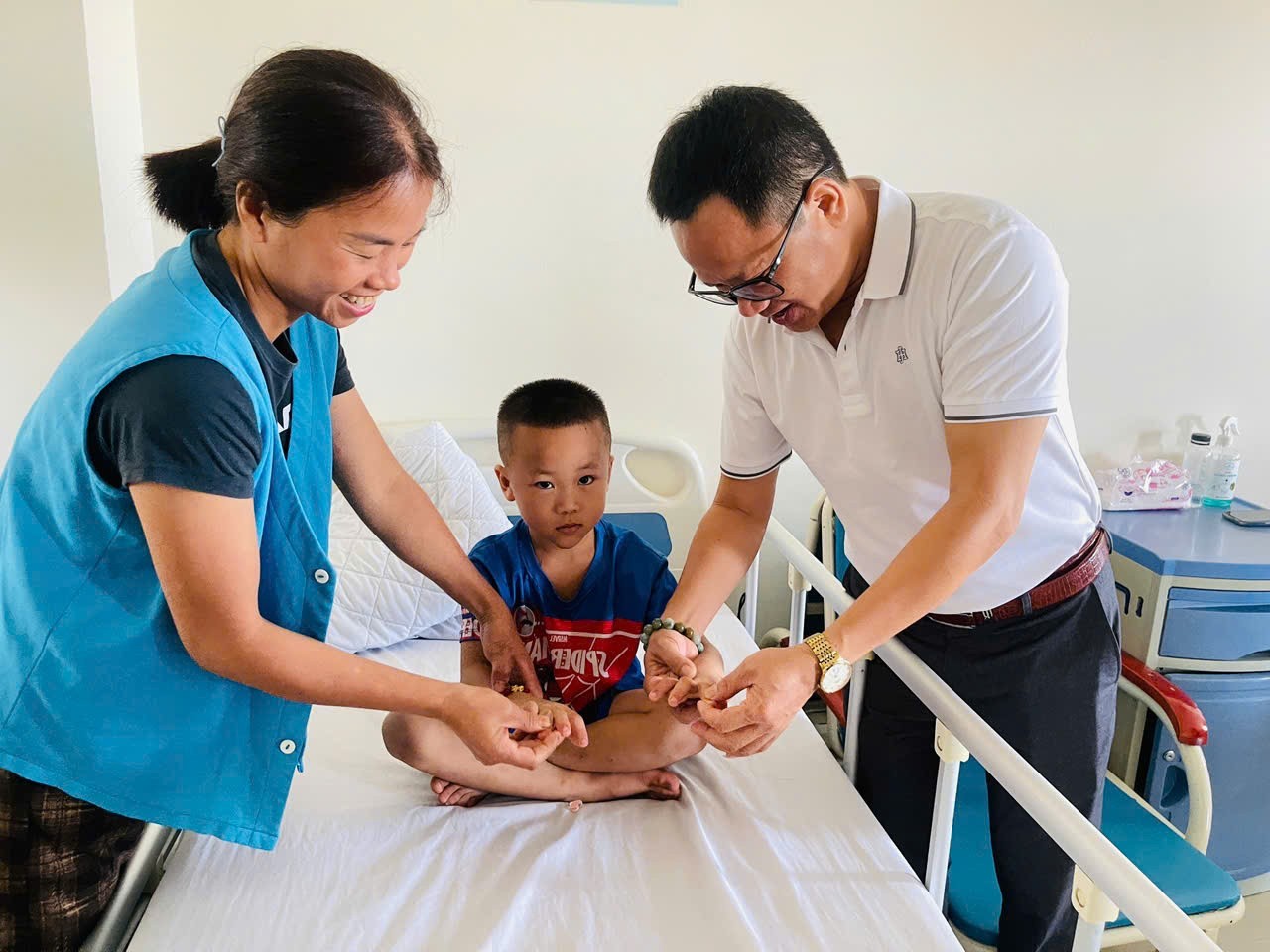 Viet's Home
Viet's Home
Zhi Shan Foundation Expands Medical Care for Disadvantaged Children and Mothers
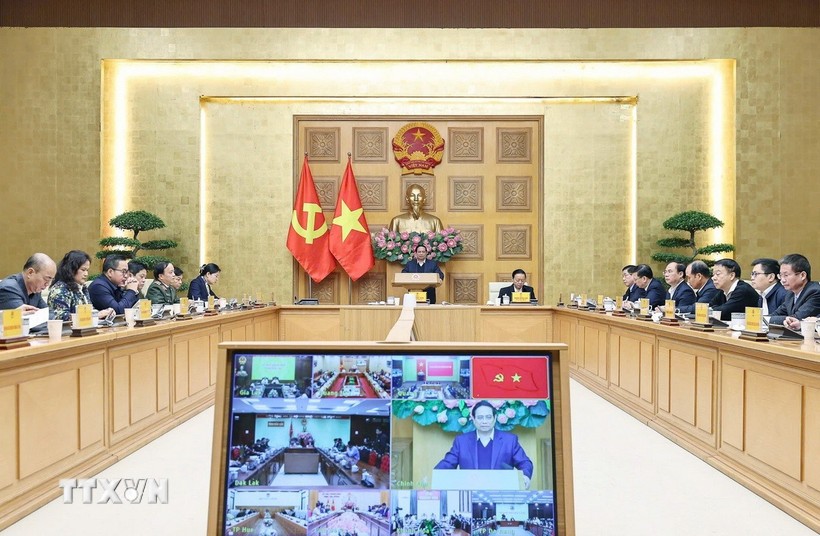 Viet's Home
Viet's Home
Rebuilding Homes in Storm-hit Areas to be Completed Before January 15, 2026
Popular article
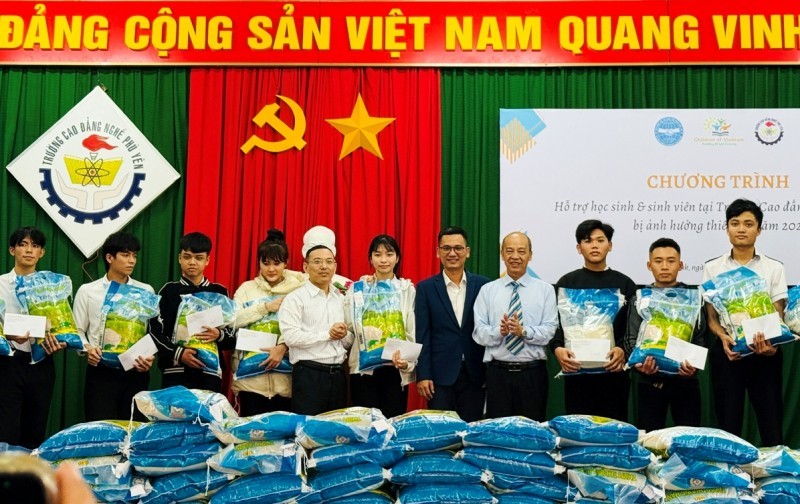 Viet's Home
Viet's Home
COV/United States Supports Students Affected By Storms And Floods in Dak Lak
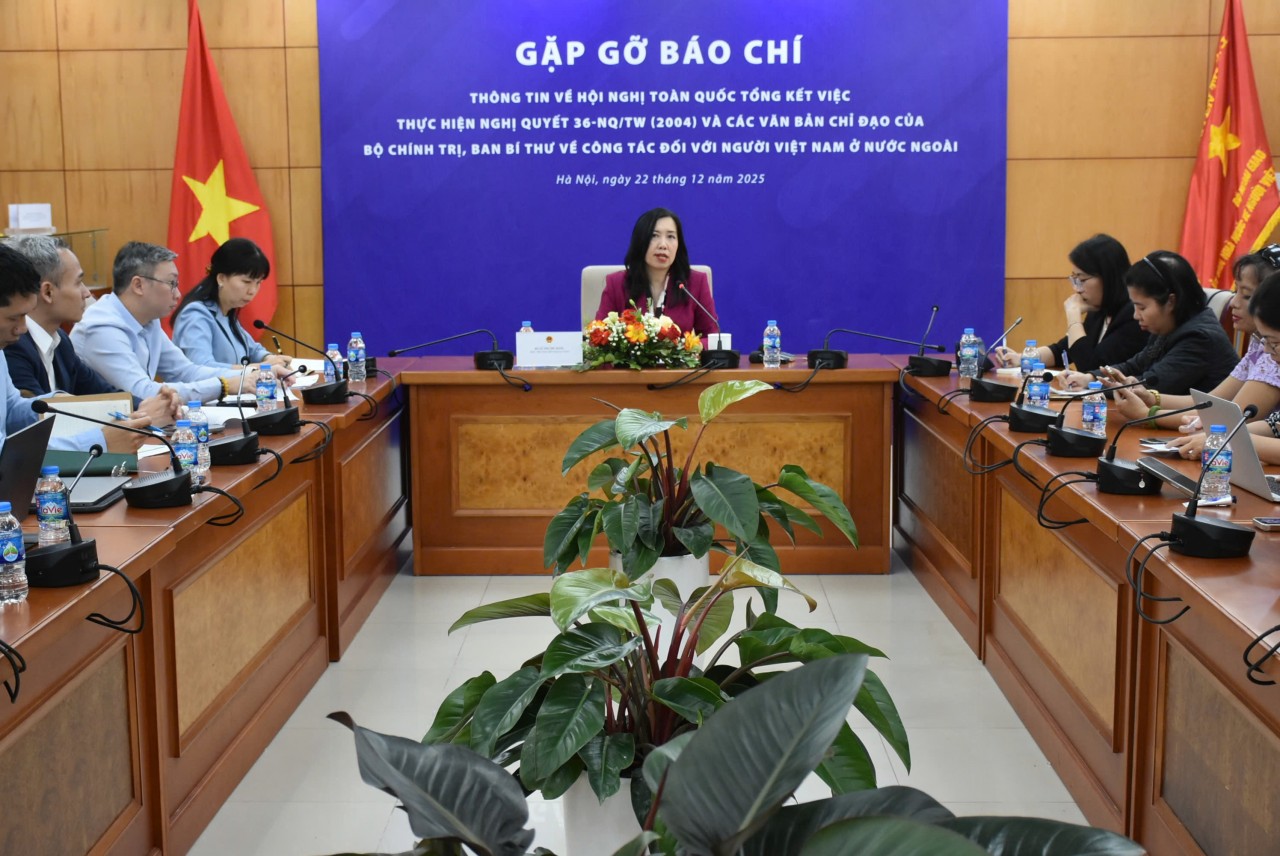 Viet's Home
Viet's Home
Comprehensive Review of Overseas Vietnamese Affairs To Takes Place on December 25
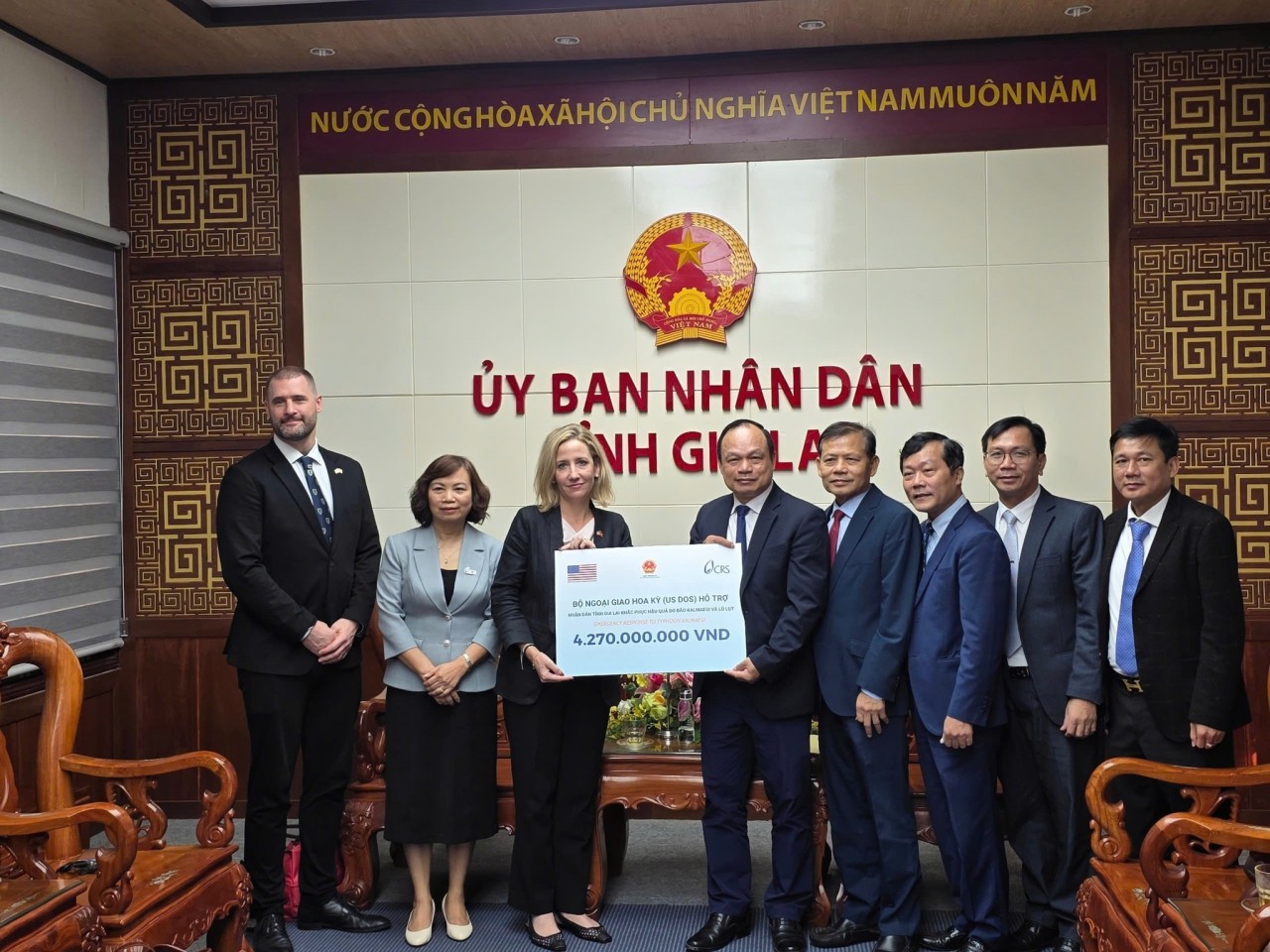 Viet's Home
Viet's Home
US Government Aid Supports Natural Disasters Recovery in Gia Lai Province
 Viet's Home
Viet's Home

